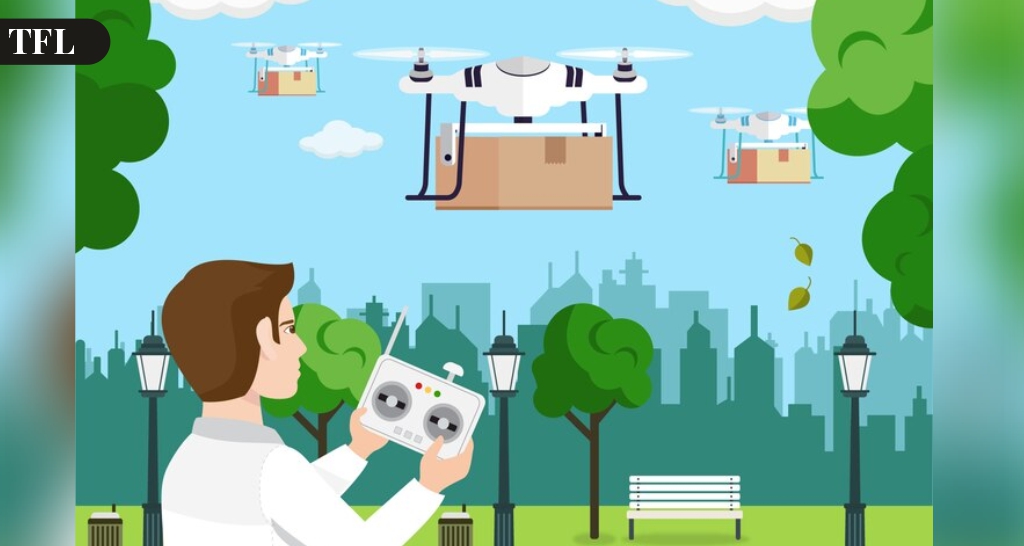Colleen Callander, a dynamic and visionary leader who has made a significant impact in the business realm. Colleen’s journey serves as a remarkable illustration of her determination, having chosen to leave the conventional educational route at the age of 16 to forge her own path to success. Through unwavering dedication, she ascended the corporate ladder and became one of Australia’s most prominent and inspiring female CEOs, exemplifying the transformative influence of passion, relentless effort, and robust self-confidence.
Every Story Begins with a Spark of Curiosity
Colleen has consistently demonstrated a strong commitment to leadership and the empowerment of individuals to realize their full potential throughout her professional journey. With three decades of experience in the retail sector, including 13 years as the Chief Executive Officer of renowned Australian fashion brands Sportsgirl and Sussan, Colleen aspires to offer support and inspiration to women as they navigate the challenges of leadership, self-confidence, and life by sharing her insights and experiences.
Colleen did not initially aspire to become an author; however, her passion for empowering others to take charge of their narratives motivated her to pursue this path. The process of writing Leader by Design and Elevate, the latter co-authored with Shannah Kennedy, has been a remarkable experience filled with introspection, personal development, and significant influence. These publications have enabled Colleen to connect with and inspire women well beyond the confines of business teams. Through her literary contributions, she has ascended to a broader platform, disseminating valuable insights and experiences to women across the globe, assisting them in cultivating confidence, embracing leadership roles, and crafting the lives they genuinely desire. The feedback she has received has been profoundly gratifying, reinforcing her conviction that sharing a story empowers others to narrate their own.
The Turning Point is Where the Future Begun
In her work, Leader By Design, Colleen explores the significance of kindness in leadership, emphasizing that true leadership transcends titles, authority, or dominance; it fundamentally revolves around the influence one has on others. Colleen asserts that kindness should not be regarded merely as a soft skill, but rather as a vital leadership strength that cultivates trust, loyalty, and high-performing teams. Whether she is at the helm of Sportsgirl as CEO or guiding emerging leaders, she has discovered that leading with kindness fosters environments where individuals feel appreciated, motivated, and empowered to excel in their endeavors.
Collen highlighted that Leadership characterized by kindness does not entail a constant agreement or evasion of difficult discussions. Rather, it involves guiding others with empathy, making principled decisions, and sincerely valuing the well-being of those in our vicinity. This conviction has influenced every phase of Collen’s path, and it remains a core principle she upholds to this day.
Books
Leader By Design is a practical guide to leadership and personal growth, exploring the qualities that make great leaders, confidence, kindness, self-awareness, and connection. It breaks down leadership myths, proving that leadership is about impact, influence, and staying true to your values, not just titles or status.
Elevate – Unlock Your Extraordinary Potential (co-authored with Shannah Kennedy) combines 40 years of experience across life, leadership, and longevity. It helps individual’s step into their full potential by providing strategies to build confidence, overcome setbacks, and create a fulfilling and purpose-driven life. It also focuses on health, well-being, and self-care strategies, ensuring that success is sustainable and aligned with a balanced and energized lifestyle. It is about taking ownership of your journey, embracing challenges, and unlocking new possibilities.
The Influencing Business Leaders
Colleen stated that, Leader By Design and Elevate give aspiring entrepreneurs and business leaders the confidence to take the leap, trust in their abilities, and create their own unique leadership path. “Leadership is not about having all the answers or following a set formula; it is about leading with authenticity, staying true to your values, and embracing both challenges and opportunities with confidence,” says Colleen.
Key Lessons from the Books Crucial for Business Success
•Confidence is key – Own your worth. Trust yourself, make bold decisions, and embrace challenges as opportunities for growth.
•Leadership is about people – Culture is everything. The greatest asset is not strategy or products, but people. Build a culture where people feel valued, supported, and empowered.
•Kindness is a superpower- Leading with kindness fosters trust, strengthens relationships, and creates lasting impact. It is a strength, not a weakness.
•Invest in people- A strong, motivated team is the foundation of success. When invested in people, they invest in your vision.
•Values are your inner compass– Values guide every decision, helping to stay true to the purpose and navigate challenges with integrity.
•Self-care is non-negotiable- Burnout benefits no one. Prioritising well-being makes you a stronger, more effective leader.
Challenges Faced by Women in the Business Sector
One of the most significant obstacles women encounter in the business world today is the lack of confidence. Frequently, women find themselves doubting their abilities, reluctant to assume leadership positions, or postponing their acceptance of opportunities until they feel entirely prepared. In her work, Leader By Design, Colleen emphasizes the importance of confidence, explaining that it does not require having all the solutions or being free from doubt; rather, it involves believing in oneself, supporting one’s skills, and taking initiative even in the face of uncertainty. Confidence is cultivated through experience, and the essential way to develop it is by taking that initial step.
The Success Journey
Colleen’s journey represents not merely a personal victory but a compelling narrative that underscores the conviction that with the appropriate mindset and steadfast dedication, anything is possible. Currently, Colleen is dedicated to disseminating her extensive knowledge and insights, inspiring individuals across all age groups to discover their voice, lead with intention, and cultivate authentic confidence. Her methodology encompasses not only maneuvering through the corporate landscape but also crafting a personalized leadership path, taking charge of one’s own life, and recognizing their distinctive strengths.
Colleen Callander transcends the conventional role of a leader, she serves as a transformative influence, motivating individuals to realize their maximum potential, cultivate purposeful lives, and pursue a path of both personal and professional satisfaction. In her capacities as a mentor, speaker, and proponent of empowered leadership, Colleen’s influence reaches well beyond her own achievements, creating an inspiring legacy for all whom she meets.
The Future Roadmap
Colleen intends to broaden her business advisory services by collaborating with organizations to enhance their performance, strengthen leadership teams, and ensure sustainable success. She is passionate about assisting leaders in clarifying their vision, cultivating high-performing cultures, and achieving significant results.
As Elevate expands its reach to new audiences globally, the forthcoming book tour in India will amplify its themes of life, leadership, longevity, health, and well-being, motivating an even greater number of individuals to realize their exceptional potential.
- Visit Colleen Callander – LinkedIn Profile
- Visit Mentor Me – Company Website









